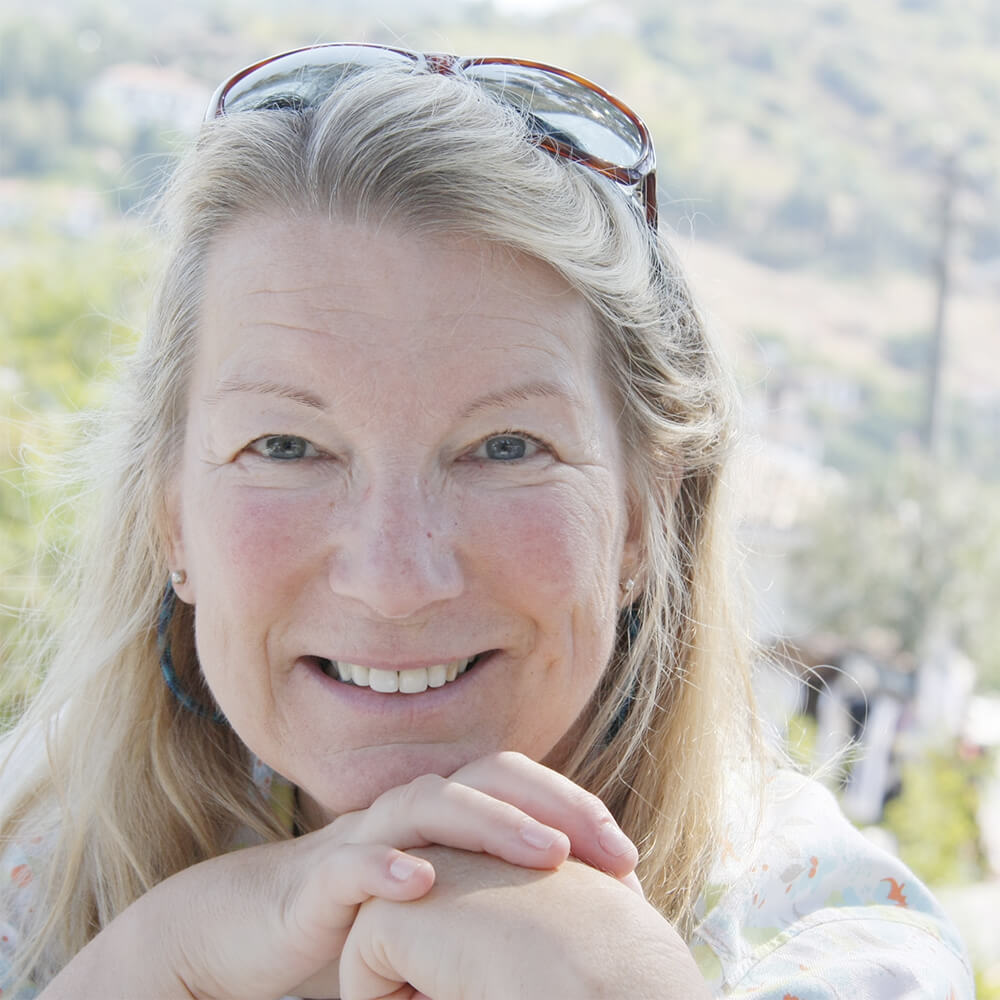''Travel is like a date with my soul; it reveals my inner self, as I absorb the outer world''
Emily M. Wilson
Emily Marie Wilson is a Pacific Northwest native, living in Seattle, WA USA and an experienced world traveller with a special love of things culturally interesting to photograph. She absorbs and reflects on the places she visits, turning her camera to capture both people and details which are of unique cultural and ethnic importance. Emily has expanded her passion for both photography and travel over the years by leading small group cultural and photographic journeys to remarkable and edgy locations in the world. Emily, additionally, is an award-winning photographer with local, regional, national and international recognition.
Emily Marie Wilson is further, greatly diversified in her own background experiences. She additionally has earned several university degrees in Political Science, Middle East Languages & Culture and Comparative Religions of the World. In 2007, Emily authored: From Boats to Boards Feet: The Wilson Family of the Pacific Coast, a comprehensive, handsomely illustrated 464-page book detailing the Wilson family (Swedish immigrants from Bohuslan who settled in Rainier Oregon, building a highly successful saw-mill business) and its worldwide business enterprises centered along the American Pacific Coast in the 1800s. Owning her own business, Traveller Worldwide Explorations, LTD, for over 30 years, she has a diverse range of experience working with world-wide travel operators.
Statement
Emily M. Wilson is a Seattle native, an award-winning photographer, and world traveler. She absorbs and reflects the places she visits, turning her camera to people and details unique to each culture.
Emily is greatly diversified in her own travel expertise. Owning her own business, Traveller Worldwide Explorations, LTD, for over 30 years. She combines her passion for both photography and travel by leading small group cultural journeys to all parts of the world.
